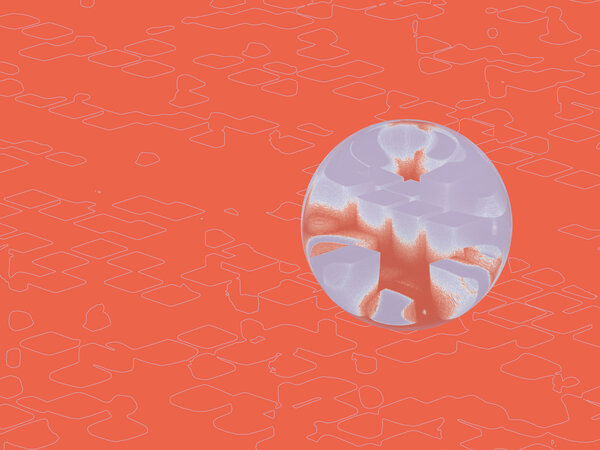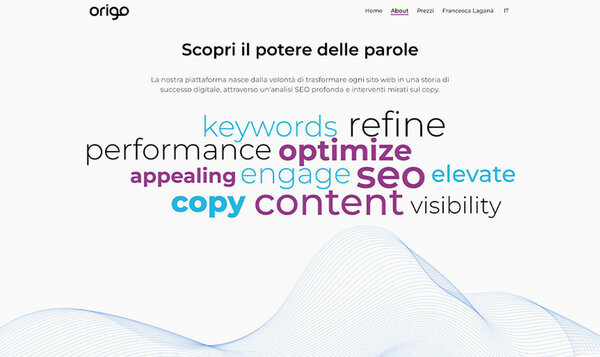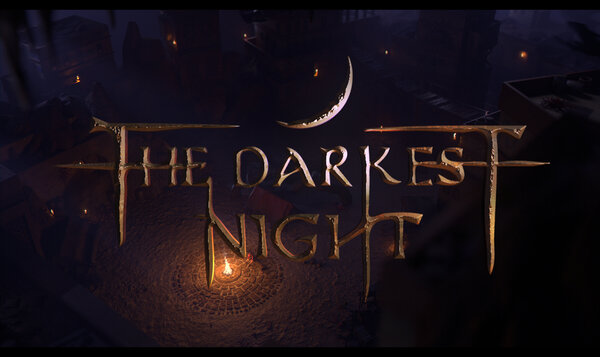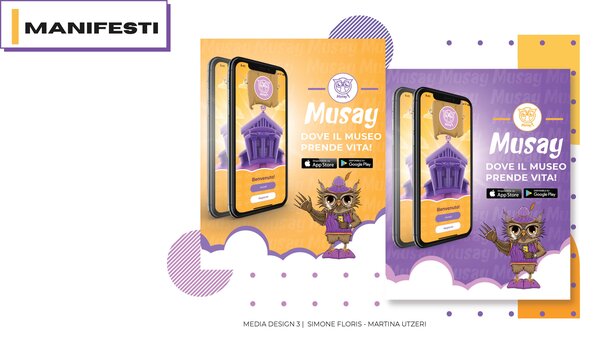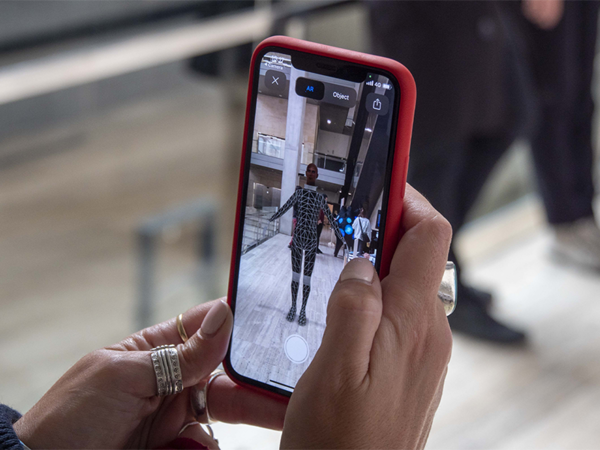
UX Designers: who they are, what they do and how to become one
Who they are and what they do
A User Experience Designer is a professional who is in charge of curating the experience the user will have when interacting with a digital product.
A User Experience Designer is a professional who is in charge of curating the experience the user will have when interacting with a digital product. This involves creating optimised and intuitive interfaces aimed at improving the product’s usability in terms of accessibility and effectiveness.
A UX Designer excels in thoroughly understanding the target audience the brand is aiming at, ensuring they have a comprehensive view of their needs and expectations. This professional works to create a smooth interaction and remove any barriers that could hinder the user, resulting in a rewarding experience. Thanks to their work, digital products become visually appealing, easy to use, and geniuinely effective for those who engage with them.
Role and responsibility
The role of a UX Designer is complex and multidisciplinary, requireing a blend of technical, analytical, and creative skills, along with a natural inclination toward creativity. As mentioned above, one of their primary tasks is deeply understanding user needs. This is achieved through interviews, surveys, usability testing, and detailed analysis of usage data. These activities provide valuable insights that helps the designer identify usability problems in advance and develop more effective solutions in good time.
The UX Designer works closely with Developers, Graphic Designers and Copywriters to ensure that the end result is cohesive and appealing. Team. ollaboration is further encouraged through workshops, brainstorming sessions and reviews to ensure that every aspect of the product, in addition to meeting the needs of the end user, also aligns with the company's vision and goals to maintain a strong brand identity.
Career and salary
A career as an UX Manager can be very rewarding and offers numerous opportunities for professional growth. It usually begins with junior roles, where one can acquire the basic skills and experience needed to understand the dynamics of user experience design. Over time, it’s possible to progress to roles with greater responsibility, such as Lead Designer.
Salaries, as in all fields, vary according to experience, location and company size. However, regardless of these factors, with dedication and years of experience a UX Designer can achieve a satisfying salary proportional to the responsibility gained. Moreover, working in an innovative and continuously growing sector, this professional encounters numerous career opportunities and the chance to work in a variety of fields.

IED Open Days
We look forward to meeting you in person at our premises and online, to learn more about our teaching offerings, get to know our services and interact with coordinators, lecturers and students.
Skills and training
To stand out as a UX designer, you need to have a range of skills including prototyping, design thinking, usability analysis, and user research. The latter is crucial for understanding user needs and behaviour, while prototyping allows the creation of interactive product models to test and comprehensively improve the overall experience.
Design thinking, in particular, is a problem solving approach that focuses on the user and their experience, enabling the designer to develop innovative solutions based on that experience and centred on the expectations and needs that emerge. Usability analysis is essential for evaluating the effectiveness of design solutions and identifying areas for improvement. Additionally, a solid understanding of technical tools such as Sketch, Adobe XD, Figma, and other prototyping and design software is important. Teamwork skills, creativity, empathy, and attention to detail are other key abilities that help create successful design solutions.
A background in interaction design, user psychology, user experience design or similar disciplines is often required. Degree and Master Courses in these fields provide a solid theoretical and practical foundation of user-centred design methodologies and tools, which are crucial for entering and remaining competitive in the labour market.
How to become a UX Designer
To pursue a career as a UX Designer, it’s recommended to follow an educational path that provides solid theoretical and practical training in the methodologies and tools specific to this type of design.. Internships, work projects or placements in companies or agencies specialising in UX, allow you to apply the skills learnt in real-life contexts and develop a portfolio of work that demonstrates the ability to devise and implement effective design solutions.
Keeping your skills up-to-date by attending workshops, conferences, and professional development courses also helps you stay informed about new trends and technologies in the field, enabling the development of innovative solutions and expanding your professional network.
If you’re looking for a course of study that offers you the skills you need to succeed in the field of user experience design, explore all the courses offered by IED here.
Have you already completed your studies or are you already working in this field and want to improve your skills? Discover our Master Courses
Do you want to start your career in the world of transmedia content, sound and music production? Discover the three-year degree courses in Media Design and Sound Design.
Are you looking for a course to comprehensively build up your skills in this area, from content strategy to advertising? Discover the course in Web Communication (In italian language).
Interested in the retail world? Discover the course in Retail Experience Design (In Italian Language).





